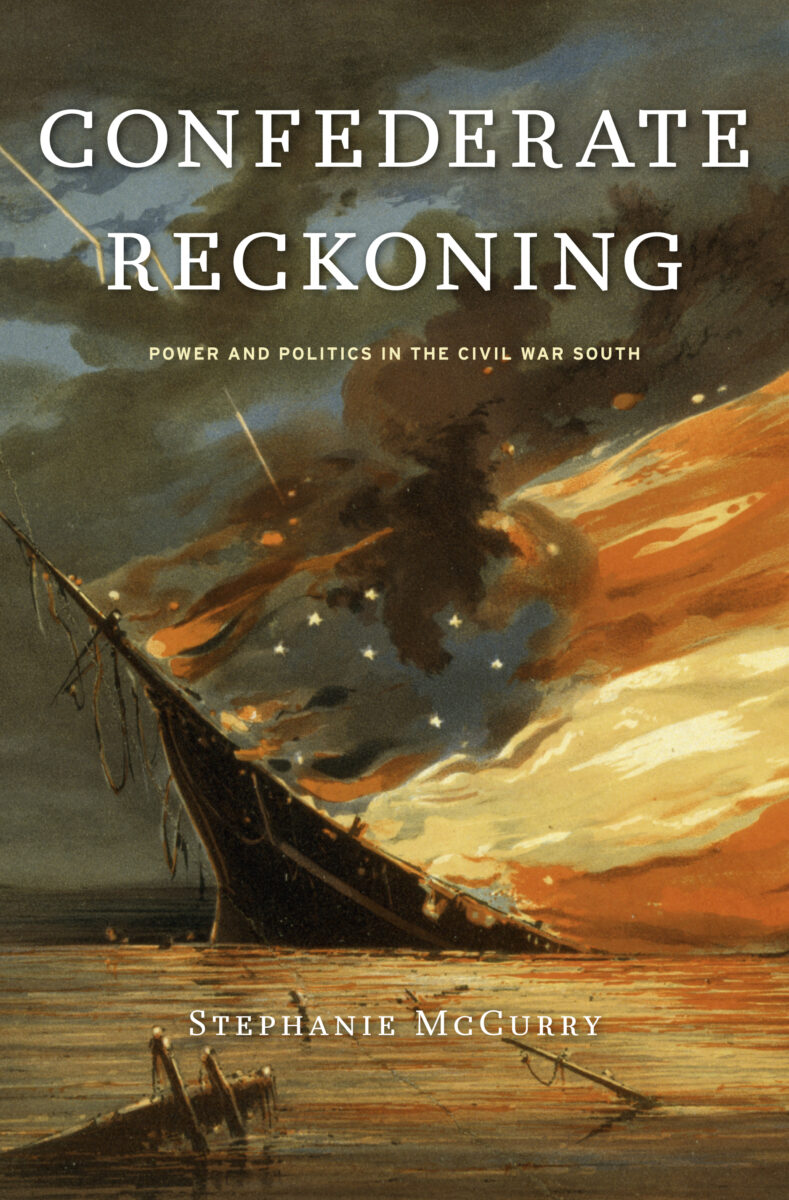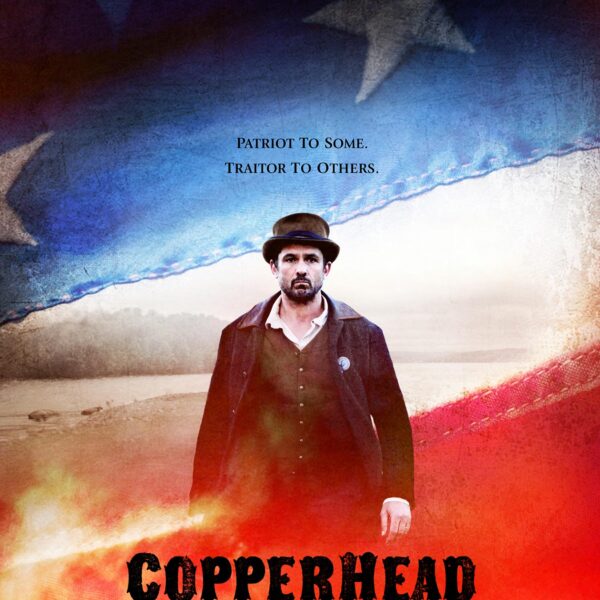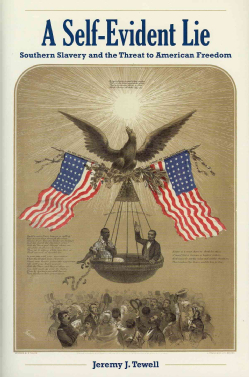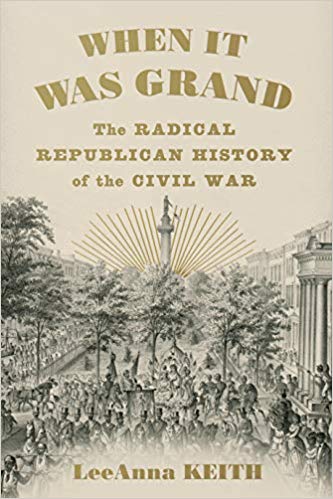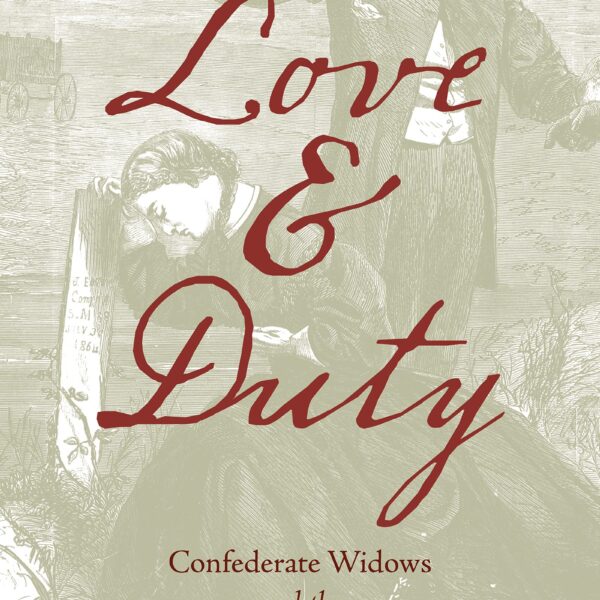Stephanie McCurry’s latest work offers a welcomed examination of the “Confederate Project” as it existed from 1860 to 1865. Throughout her analysis, she clearly illustrates that the fundamental pro-slavery ideologies upon which the short-lived nation rested ultimately contributed to its downfall. Yet, in McCurry’s work readers will find a pronounced movement away from simply addressing the question of why the Confederacy failed. Instead, the book offers a full-scale examination of the political actors (white and black) that contributed to a marked shift in Confederate policy regarding women and slavery—developments that McCurry argues affected a newly-(re)United States in the aftermath of the war.
McCurry endeavors from the outset to clearly outline the flawed logic of the Confederacy’s founders in provoking “precisely the transformation of their own political culture that they had hoped to avoid by secession” (1). For in the Confederacy, McCurry postulates, slaveholders envisioned “a republic perfectly suited to them as a slaveholding people, a republic of white men, defined by slavery and the political exclusion of the mass of the Southern people” (2). But it was precisely this exclusionary principle that would ultimately spur the demise of the Confederate experiment—one that did not fully account for two-thirds of the population, women and slaves who were to have no say in this new polity. It is this flawed formula that McCurry so eloquently articulates in the subsequent pages of her work.
McCurry dedicates a significant portion of Confederate Reckoning to addressing the tremendous influence of a new political category: the soldier’s wife who, in McCurry’s words, developed a “politics of subsistence” to advocate for wartime assistance and therein helped redefine the role of the Confederate government. Central to McCurry’s argument is a gendered construction of the southern political landscape circa the secession crisis and the establishment of the Confederacy. In these early years of the war, male notions of citizenry, she offers, clashed with female complaints that the Confederate state intentionally denied women the opportunity to assert their voices or exert influence over the state.
However, McCurry contends that the combination of certain events—such as Union General Benjamin Butler’s infamous General Order #28 in New Orleans and the string of bread riots that plagued Confederate urban centers—played a formative role in formation and the institution of the aforementioned politics of subsistence. Additionally, McCurry insists that the activities and influence of soldier’s wives in the South, bolstered by their reliance on the public sector and concepts of protecting home and hearth, constituted a uniquely southern experience. She maintains it gradually pushed Confederate authorities toward “public acknowledgment” of “the claims of social justice and legitimacy of women’s demands” (192). It is in this light that readers will best understand McCurry’s focus on the conflict as a gendered experience; a focus emphasized much more so than in prior historiography.
Confederate Reckoning concludes with an examination of the demise of slavery in the Confederacy. While McCurry’s underlining of slave agency is not a new thread in the field (with notable historians such as Ira Berlin thoroughly addressing the issue), her narrative of the events immediately surrounding the enlistment of slaves provides readers with tremendous new insight into the final weeks of the Confederacy and the varying opinions that insiders—both military and civilian—harbored on the hotly contested issue. For McCurry, the “impossible problem of allegiance” that enslaved men and women represented proved to be an instrumental factor in the destruction of the Confederate nation and an idea of which clear understanding will prove necessary for future scholarship on the topic (309).
While McCurry’s study of the social disruptions created by white women and slaves in the Civil War South is worthwhile in its own right, the book did miss an opportunity to more fully address the role of Providence in the construction of the Confederacy and the ways in which southern ministers and laymen wielded it to address crucial events during the war. McCurry makes passing references to the pivotal role of faith in the political evolution of white southern women, but the topic likely warranted further analysis in the broader scheme of the book. Such a Providential approach has been the focus of recent works (most notable George Rable’s God’s Almost Chosen People and Mark Noll’s The Civil War as a Theological Crisis) and would have provided yet another component to McCurry’s dissection of the “Confederate Project.”
This issue withstanding, McCurry’s work is highly successful in its exploration of the struggles faced by Confederate officials from the outset—a battle lost almost from the start. Confederate Reckoning’s sharp narrative and fresh analysis of the odds faced by slaveholders in the Confederacy and their contributions to its internal collapse is both timely and justified as historians try to reassess key issues of race and gender, such as the roles of southern women and slaves, in relation to the war. McCurry has opened the door for future scholarship and has further cemented her position as a true authority on the history of America in the nineteenth century.
David K. Thomson is a doctoral student in history at the University of Georgia in Athens. He is the editor of a forthcoming title in the Voices of the Civil War Series by University of Tennessee Press.
